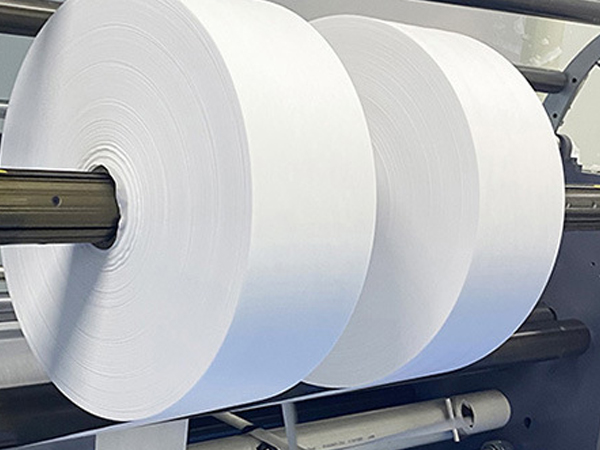- 2025 Foreign Trade Premium China Line launched in Hainan!
- Non-woven fabric on the roof: the invisible guardian of the house
- Asia Wiping Materials Conference and Health and maternal and Child Products Development Forum held
- Spring travel guard : Spiny wet wipes, portable cleaning choice
- Silk Road Keqiao · All over the world into Zhengzhou precision matchmaking conference was successfully held

- Cellphone: +86-13430333258
- Email: qdvictorin@gmail.com
- Address: No.95 Kongquehe Wu Road,Jimo Garment Industrial Park, Qingdao City, Shandong Province, China
Nonwoven fabric is a kind of nonwoven material, which is not produced by weaving, stitching or knitting like traditional fabrics, but by the short fiber, filament or cellulose and other raw materials through mechanized processing, bonding and other processes made of fiber network. Because non-woven fabrics do not need natural fibers to be spun into thread and then made, it has high production efficiency, simple process, and has good screening performance, softness and permeability, and has been widely used in medical, health, home and other fields.
The production methods of nonwoven fabrics mainly include thermal bonding, acupuncture, spunling, spraying and other processes.
1, thermal bonding, is a method of fiber mesh through high temperature and pressure to bond the fibers to each other. First, the raw material chemical fiber or natural fiber is opened and mixed to form a uniform fiber network on the mechanical mixing group; Heat and pressure are then applied to fuse and bond them together. Finally, it is made by cooling, cutting and discriminating. 2, acupuncture, refers to the fiber web or fiber layer placed on the upper and lower sides of the needle, with the rotation of the needle, the needle is inserted into the fiber and staggered together, so that the fiber is combined with each other. The advantage of acupuncture is that it can change the thickness, strength and permeability of non-woven fabrics, and also has special functions such as flame retardant and antistatic.
3, spunling method, is the use of high pressure water flow as a medium to disperse the fibers each other, and then through the assembly of the sieve plate to form a fiber network, so that the fibers naturally wound and form a fiber network, and finally after drying, ironing equal treatment to obtain non-woven fabric. Spunlaced nonwovens have the characteristics of high strength, good softness, good air permeability and moisture absorption.
4, spraying method, is a kind of plastic particles and solvents mixed after spraying on the fiber net, through drying, cooling, forming and made of non-woven fabric method. Sprayed non-woven fabrics have the advantages of uniform thickness, light weight and high hardness, and can be added according to demand similar to flame retardant, anti-fouling, sterilization and other functional substances.
Qingdao Victor New Material Co. Ltd is a professional nonwoven products manufacturer located in Shandong, China. The factory founded in 2013, specified in nonwoven related products(Nonwoven fabrics, Spunlace, Wipes, Roofing Nonwoven)from nonwoven fabric to finished products. We have three major product lines, spunbond, meltblown, and spunlace. Qingdao Victor New Material Co. Ltd offer one stop service from design, manufacturing, packaging, and shipping.
- 2025 Foreign Trade Premium China Line launched in Hainan!
- Non-woven fabric on the roof: the invisible guardian of the house
- Asia Wiping Materials Conference and Health and maternal and Child Products Development Fo
- Spring travel guard : Spiny wet wipes, portable cleaning choice
- Silk Road Keqiao · All over the world into Zhengzhou precision matchmaking conference was
- Understand the full scene application of roof nonwoven fabric
- Ganzhou textile and garment industry chain and government and enterprise roundtable meetin
- Analysis of production technology of woodpulp spunlaced nonwoven fabric
- The 4th Chaoshan International Textile and Garment Expo opened in Shantou International Co
- Wood pulp spunlaced non-woven fabric: multi-field innovation driven by environmental prote

